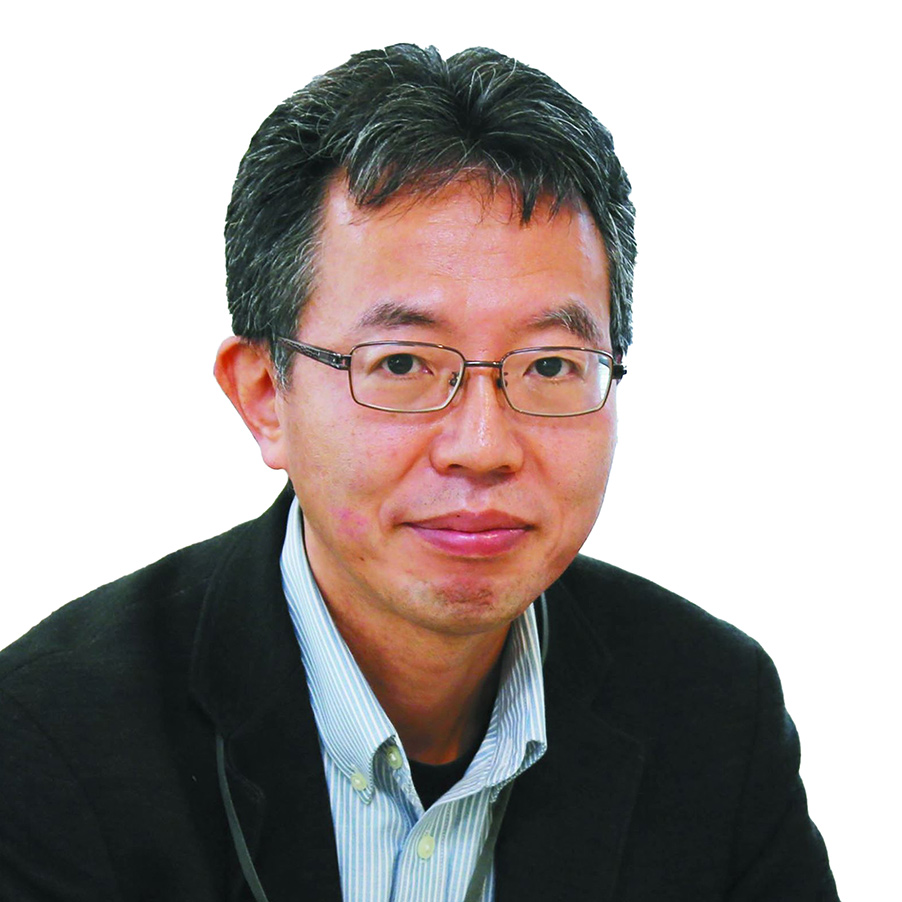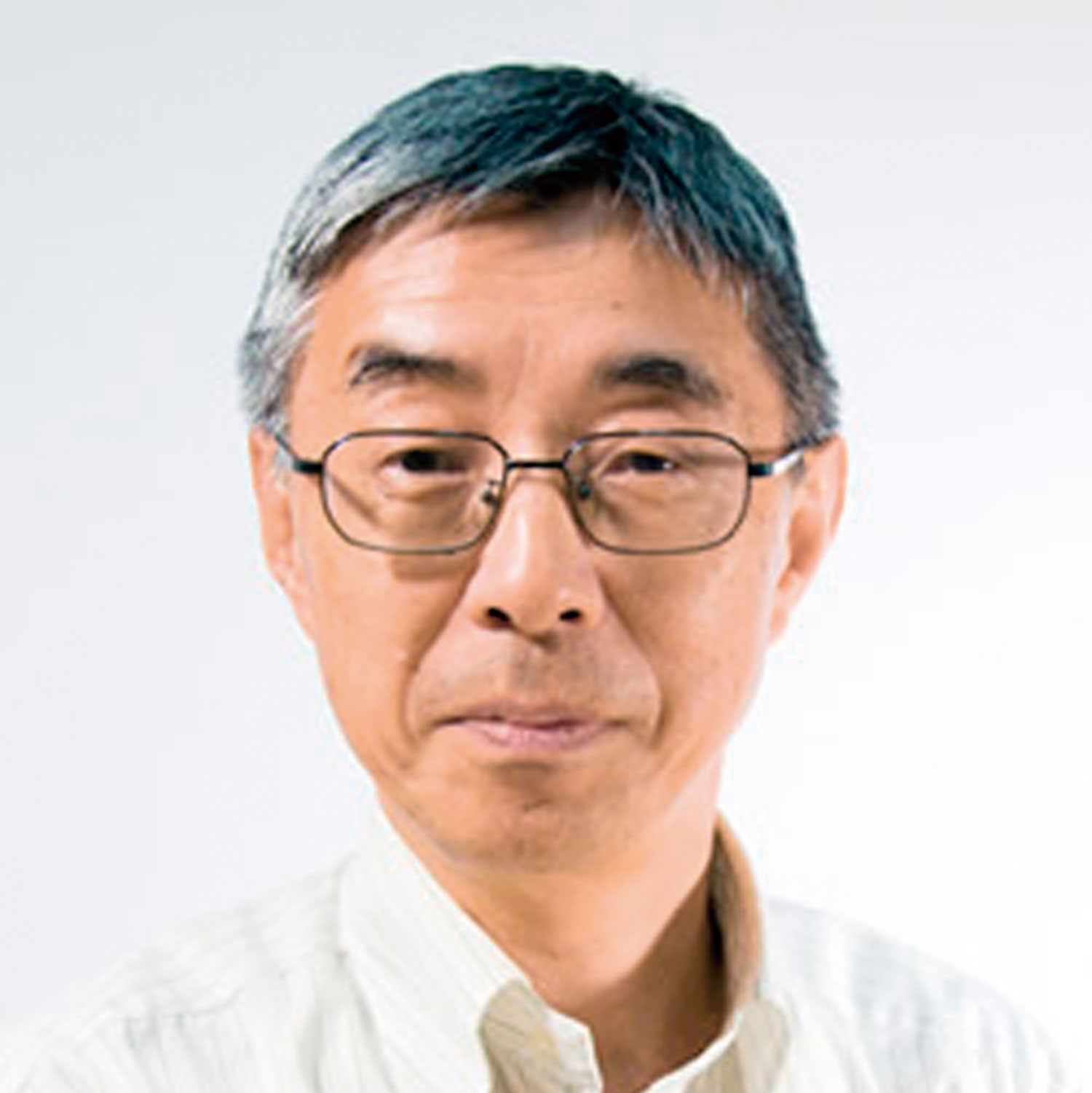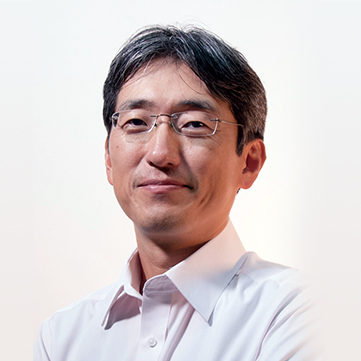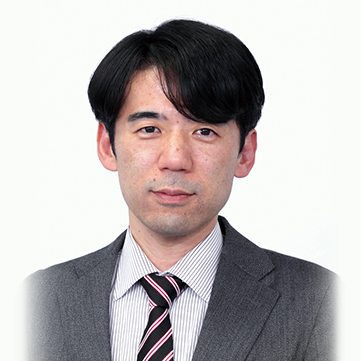

Basic Research
Introducing cutting-edge technology for realizing concept that will bring innovation to society.
Basic Research
Introducing cutting-edge technology for realizing concept that will bring innovation to society.
Accurately capturing individual electrons and transferring them at high speed. Single-electron transfer technology paves the way for an ultra-precise current standard.
Interview with Gento Yamahata, Distinguished Researcher

Single-electron transfer technology that accurately controls and carries electrons one by one. In the future, this is expected to contribute to the electrical standards and measurement industries. We spoke with distinguished researcher Gento Yamahata who is involved in research on silicon single-electron devices.
◆PROFILE:
Researcher at Department of Physical Electronics, Tokyo Institute of Technology (PD) (Oct 2009 - Mar 2010, visiting researcher at Harvard University Nov 2009 - Jan 2010), NTT Basic Research Laboratories (Apr 2010 - Sep 2020, visiting researcher at National Physical Laboratory, UK May 2015 - Jul 2015), and Distinguished Researcher at NTT Basic Research Laboratories (since Oct 2020).
NTT's Basic Research - What is Single-Electron Transfer Technology?
Please tell us about your research.
We conduct research on single-electron transfer technology that accurately controls and carries electrons one by one.
Our research uses silicon single-electron devices. The silicon single-electron devices used for single-electron transfer have a two-layer construction made up of two fine-gate electrodes on a silicon wire with a top-layer gate electrode on top. This silicon wire is very small, it's approximately 10 nanometers.
By applying a negative voltage to the gate electrode, you can create a barrier to electrons in the silicon wire. In addition, we use a high-frequency input signal to quickly turn the electron flow on/off by raising and lowering a barrier, capturing and transmitting electrons one by one.
We are exploring how a small number of electrons behave and how they can be precisely controlled.


How far has the research progressed?
If we can provide an accurate and precise current source using single-electron transfer, it could lead to the application of a high-precision "current standard" that most directly realizes the ampere, unit of electric current.
In 2014, the world's first successful high-speed single-electron transfer was achieved with a maximum operating frequency of 3.5 GHz. Because the observed current value increases when the number of electrons transferred per unit of time increases, the operating frequency is important for application to current standards.
Error rate is also important for the application. Back in 2014, the transfer error rate was expected to be fairly low, but this was not yet proven. Next, we conducted a joint study with the National Physical Laboratory (NPL), which has a high-precision current measurement system. We achieved the world's highest accuracy of less than 9.2 x 10-7 in a 1 GHz transfer, and announced our findings in 2016.
What challenges lie ahead as you further increase accuracy and speed?
Generally, a target value of the current standard is known to be "an error rate of 10-8 or less." In recent years, this has finally reached around 10-7, but it is very difficult to gain another digit. In fact, to take measurements on 10-8 orders, more accuracy is required on the measurement side. Some devices already seem able to make it to 10-9 or 10-10, but our measurement systems can't prove this.
Some kind of breakthrough would be necessary to measure the movement of electrons, which may involve the use of completely different methods. Currently, we are conducting joint research with the National Institute of Advanced Industrial Science and Technology, and working on a variety of initiatives to see if we can surpass 7th power orders and get into 8th power orders. However, I'm more involved in improving the devices. We're engaged in initiatives such as arranging single-electron devices in parallel to raise current values, and establishing a method for stable fabrication of silicon high-precision single-electron devices.
What other research are you doing using silicon single-electron devices?
In parallel with research aimed at applying current standards, we are conducting research on quantum coherent oscillations of a single electron. We mainly use the particle nature of electrons in single-electron transfer , but electrons also have the quantum mechanical wave nature.
We used a new measurement method to detect what sort of quantum oscillations occur internally during transfer of single electrons. Specifically, we successfully captured an instant of electron high-speed oscillation with a method using “resonant level”, which is similar to strobe-light photography, and published the findings in 2019. The observed oscillation frequency was in the sub-terahertz regime, which was previously unseen. It would be nice if we could apply this to ultra-fast quantum bits in the future.
We also want to work on high-precision manipulation of electrons, such as securing the position of the electron in its initial state, or oscillating it only once inside the source.
In the future, we will contribute to the electrical standards and measurement industries

What areas seem promising for future application?
First of all, application to the electrical current standards I just mentioned. We will be able to accurately realize the ampere based on the precise current generated by single-electron transfer. In fact, the standards for resistance and voltage have already been put into practice, and the relevant research was awarded the Nobel Prize. I think the impact of an ultra-precise current standard is comparable to that.
Additionally, the cost of calibrating measurement devices could be reduced by implementing a high-precision, compact portable standard.
It would be personally fulfilling if we could contribute to the "ultra-low power consumption" aspect that will be required by the all-photonics network, one of the three elements of IOWN.
What do you consider NTT’s strengths to be?
While it is important to make a paper in basic research, it takes a very long time to reach it through trial and error. First, we think about the phenomena that occur in nature, generate ideas, and fabricate and measure devices. Next, the data must be analyzed in a way that outsiders can understand, and academic papers must be written in a way that outsiders can understand. Each process takes a long time, so you need to be patient and focused to achieve great results. NTT Basic Research Laboratories already has this environment in place.
For example, regarding the quantum coherent oscillation detection I mentioned, we already had the data itself in 2015 and there were some ideas to explain it. However, it was a completely new concept, so it took over a whole year to discuss it with external theorists. It took us a very long time to analyze it in a way that outsiders can understand. But, I think we did good, careful work in that stage and managed to produce a high-impact paper.
I would also say that NTT's strength is the alignment of good people, know-how, and research funds. For example, the capability to fabricate silicon single-electron devices involved a lot of the know-how of the former LSI Laboratory. There are also large clean rooms and very talented people. It would not be easy to create a new environment comparable to this one.
What would you say to someone hoping to become involved in research on single-electron transfer technology?
I was very excited to see the world's first high-precision single-electron transfer, which nobody had ever witnessed before. The physical phenomena that appear in nature are complex and things don't normally go as you anticipate. It takes a lot of effort to extract meaningful and useful results from this every day, but it’s really interesting when you finally understand what's actually going on. By sitting down and dedicating ourselves to one thing, we can make great accomplishments. I think this is the real charm of basic research.
There are about 10 of us working on silicon device research. In this group, I’m exploring everything from silicon device fabrication and measurement to theory construction and analysis. I've been studying silicon devices since I was in university, but our grouphas people with a variety of research expertise, including electron spins, optics, and compound semiconductors. This has the benefit of enabling oversight of a wide range of research, which encourages team synergy.
We would love you to join us at NTT if you want to do careful and deliberate research with a wide lab network. The NTT Basic Research Labs. have a variety of paths, including postdoctoral work, so I hope that anyone interested after reading this will look into the opportunity.
Related content

Exploring New Fields and the World
Masaya Notomi / Senior Distinguished Scientist, Nanophotonics Center, NTT Basic Research Laboratories

Use AI to eliminate human operation and operate faster than …
This article presents the overall shape of this concept and the technologies used …

My Responsibility Is to Continue Researching Speech/Audio Coding …
I have been involved for about 40 years in the research of speech and audio …

Light will revolutionize conventional computing infrastructure! …
Akihiko Shinya, Kengo Nozaki / We spoke with Dr. Akihiko Shinya and Dr. Kengo Nozaki …

Come as You Are and Identify Your Standpoint
Shigeto Furukawa / Senior Distinguished Researcher, NTT Communication Science Laboratories

In Life, Nothing Is Wasted. Let’s Build a Society in which Everyone …
Tessei Kobayashi / Senior Distinguished Researcher, NTT Communication Science Laboratories